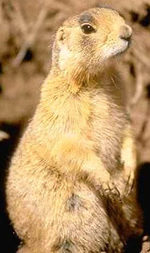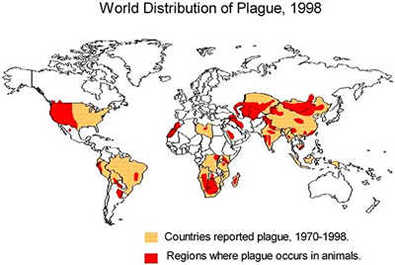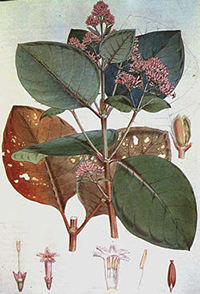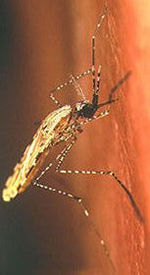|
|
|
|
|
|
|
|
|
Return
to Biology 1114 Index Page

Preview
Material for Exam 3 - Fall 2002
Print
the PDF version (no pictures, better printing)
|

source
|
|
|
|
|
|
|
|
|
|
|
|
|
|
|
|

source
|
|
Plague
(black plague, bubonic plague, pneumonic plague) is a disease caused by
a bacterium (Yersinia pestis). This species of bacteria came to the
U.S. from Asia and infects small mammals such as rats and mice. Usually
the plague bacterium is spread from host to host by a flea that feeds on
an infected mammal (it sucks its blood) and then injects the bacterium into
a new host when it feeds on another mammal. Sometimes plague becomes pneumonic.
This means that the bacteria live in the lungs and can be passed from prairie
dog to prairie dog by coughing or kissing (touching noses). |
|

source
|
|
|
| Plague
arrived in the US in about 1900, having arrived with infected rats on ships
from Asia. Some of the plague bacteria in the United States eventually were
carried to the Great Plains where they successfully infected prairie dogs
(small social mammals that live as groups in burrows only in the western
US). When plague bacteria first arrived in the western US, most of the infected
prairie dogs died of plague. In an effort to repopulate the prairie dog
towns wiped out by plague, conservationists moved prairie dogs from Colorado
(where they were abundant) to areas of Utah where there were none. |

source
|
|
|
|
|
|
|
When
fleas are infected with plague bacteria, their digestive tracts become plugged
with these bacteria and the fleas are not able to digest normal amounts
of food, thus having fewer food calories available. |

source |
|
|
|
|
|
|
|
|
| Malaria
is an infectious disease caused by a unicellular eukaryotic parasite of
the genus Plasmodium. The parasites are transmitted from one person
to another by the female Anopheles mosquito. Humans and mosquitoes
are both necessary in the life cycle of the parasite. Without an effective
treatment, the parasites destroy the red blood cells, and the capillaries
that supply blood to the brain may be clogged. At present, 300 million people
are afflicted with malaria and 1 to 2 million die from it each year. Malaria
has probably killed more people than all the wars and the plagues combined.
Quinine is a chemical compound that is synthesized and accumulates in the
outer layer of the trunk of a tree of the genus Cinchona native to
South America. Its natural function is to deter herbivores. Historically,
quinine and its derivatives have been effective drugs to cure malaria. Despite
many years of quinine use, malaria has not been eradicated because of the
emergence of parasites that are resistant to quinine. |
|
|
|

source
|

source |
|
Return of the ants!!!!!! After
learning all she could about ant mounds our researcher decided to conduct
some population surveys of the ants in her research area. She recorded the
following results for a 2-acre plot over a period of 3 years:
|

source
|

source
|
| Year |
The number of
ants at the beginning of indicated year |
| 1 |
500 |
| 2 |
600 |
| 3 |
720 |
|
 |
 |
 |
 |
 |
 |
 |
 |
 |









